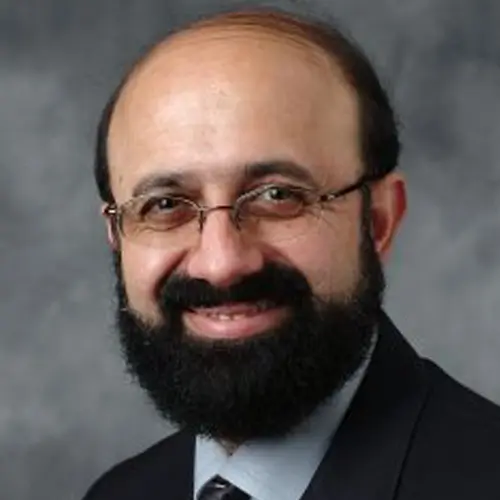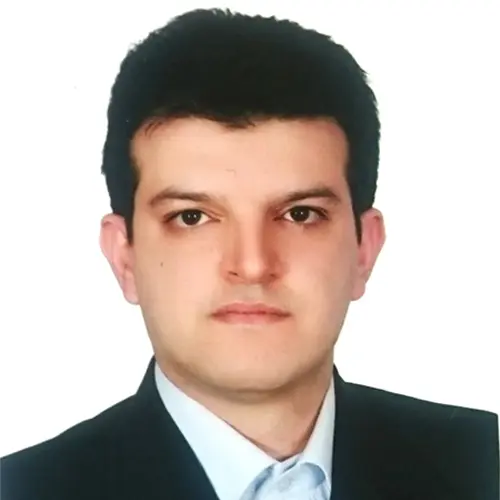Problem Statement: Multiple sclerosis (MS) is an autoimmune disease that affects the central nervous system, where the immune system destroys the myelin sheath covering neurons in the brain and spinal cord. These affected areas appear as plaques on MRI scans. These plaques are usually not visible in T1-phase MRI images but appear as white areas in T2-phase and FLAIR MRI images. In an MRI protocol with the injection of radioactive substances (gadolinium), these plaques appear as incomplete bright rings in T1-phase images. These plaques can be located in periventricular, infratentorial, white matter, and juxtacortical regions of the brain. Determining the number and location of these plaques based on the McDonald criteria is crucial for the accurate diagnosis of MS. An example of an MRI image showing the locations of these plaques is provided below.
 Currently, determining the number and location of plaques is done visually, which has limitations in accurately identifying and locating plaques. Therefore, using image processing and AI methods can improve the accuracy and quality of image evaluations, leading to more precise diagnosis of the disease. Based on the above explanations, this competition aims to find the best AI algorithms for detecting and locating plaques in the brain.
Data Description: For this competition, MRI images of MS patients have been prepared. Imaging was performed with an MRI machine (Siemens company, Germany, 1.5 Tesla MRI Siemens Avanto scanner system Siemens, Henkestr Erlangen). The patient was lying on a bed with their head positioned in a twelve-channel coil for imaging. The obtained images are in NIFTI format with dimensions of 236 x 256 x 160.
In the first phase, the training dataset will be provided to participants. Participants must train a model to detect brain plaques in the periventricular, infratentorial, white matter, and juxtacortical regions. In the second phase, the test dataset will be provided to the groups, and they must submit the mask images. Both quantitative and qualitative evaluation criteria will be used to assess the masks, and the top models will be selected.
Expected Outputs:
Currently, determining the number and location of plaques is done visually, which has limitations in accurately identifying and locating plaques. Therefore, using image processing and AI methods can improve the accuracy and quality of image evaluations, leading to more precise diagnosis of the disease. Based on the above explanations, this competition aims to find the best AI algorithms for detecting and locating plaques in the brain.
Data Description: For this competition, MRI images of MS patients have been prepared. Imaging was performed with an MRI machine (Siemens company, Germany, 1.5 Tesla MRI Siemens Avanto scanner system Siemens, Henkestr Erlangen). The patient was lying on a bed with their head positioned in a twelve-channel coil for imaging. The obtained images are in NIFTI format with dimensions of 236 x 256 x 160.
In the first phase, the training dataset will be provided to participants. Participants must train a model to detect brain plaques in the periventricular, infratentorial, white matter, and juxtacortical regions. In the second phase, the test dataset will be provided to the groups, and they must submit the mask images. Both quantitative and qualitative evaluation criteria will be used to assess the masks, and the top models will be selected.
Expected Outputs:
 Currently, determining the number and location of plaques is done visually, which has limitations in accurately identifying and locating plaques. Therefore, using image processing and AI methods can improve the accuracy and quality of image evaluations, leading to more precise diagnosis of the disease. Based on the above explanations, this competition aims to find the best AI algorithms for detecting and locating plaques in the brain.
Data Description: For this competition, MRI images of MS patients have been prepared. Imaging was performed with an MRI machine (Siemens company, Germany, 1.5 Tesla MRI Siemens Avanto scanner system Siemens, Henkestr Erlangen). The patient was lying on a bed with their head positioned in a twelve-channel coil for imaging. The obtained images are in NIFTI format with dimensions of 236 x 256 x 160.
In the first phase, the training dataset will be provided to participants. Participants must train a model to detect brain plaques in the periventricular, infratentorial, white matter, and juxtacortical regions. In the second phase, the test dataset will be provided to the groups, and they must submit the mask images. Both quantitative and qualitative evaluation criteria will be used to assess the masks, and the top models will be selected.
Expected Outputs:
Currently, determining the number and location of plaques is done visually, which has limitations in accurately identifying and locating plaques. Therefore, using image processing and AI methods can improve the accuracy and quality of image evaluations, leading to more precise diagnosis of the disease. Based on the above explanations, this competition aims to find the best AI algorithms for detecting and locating plaques in the brain.
Data Description: For this competition, MRI images of MS patients have been prepared. Imaging was performed with an MRI machine (Siemens company, Germany, 1.5 Tesla MRI Siemens Avanto scanner system Siemens, Henkestr Erlangen). The patient was lying on a bed with their head positioned in a twelve-channel coil for imaging. The obtained images are in NIFTI format with dimensions of 236 x 256 x 160.
In the first phase, the training dataset will be provided to participants. Participants must train a model to detect brain plaques in the periventricular, infratentorial, white matter, and juxtacortical regions. In the second phase, the test dataset will be provided to the groups, and they must submit the mask images. Both quantitative and qualitative evaluation criteria will be used to assess the masks, and the top models will be selected.
Expected Outputs:
- Masks for plaques in each image (indicating the presence of plaques with labeled regions similar to the training images)
- The developed code for solving the challenge along with an executable script
- A technical description file containing a detailed explanation of the implementation method, the proposed algorithm, and the results obtained
- A 5-minute video explaining the code and its execution











